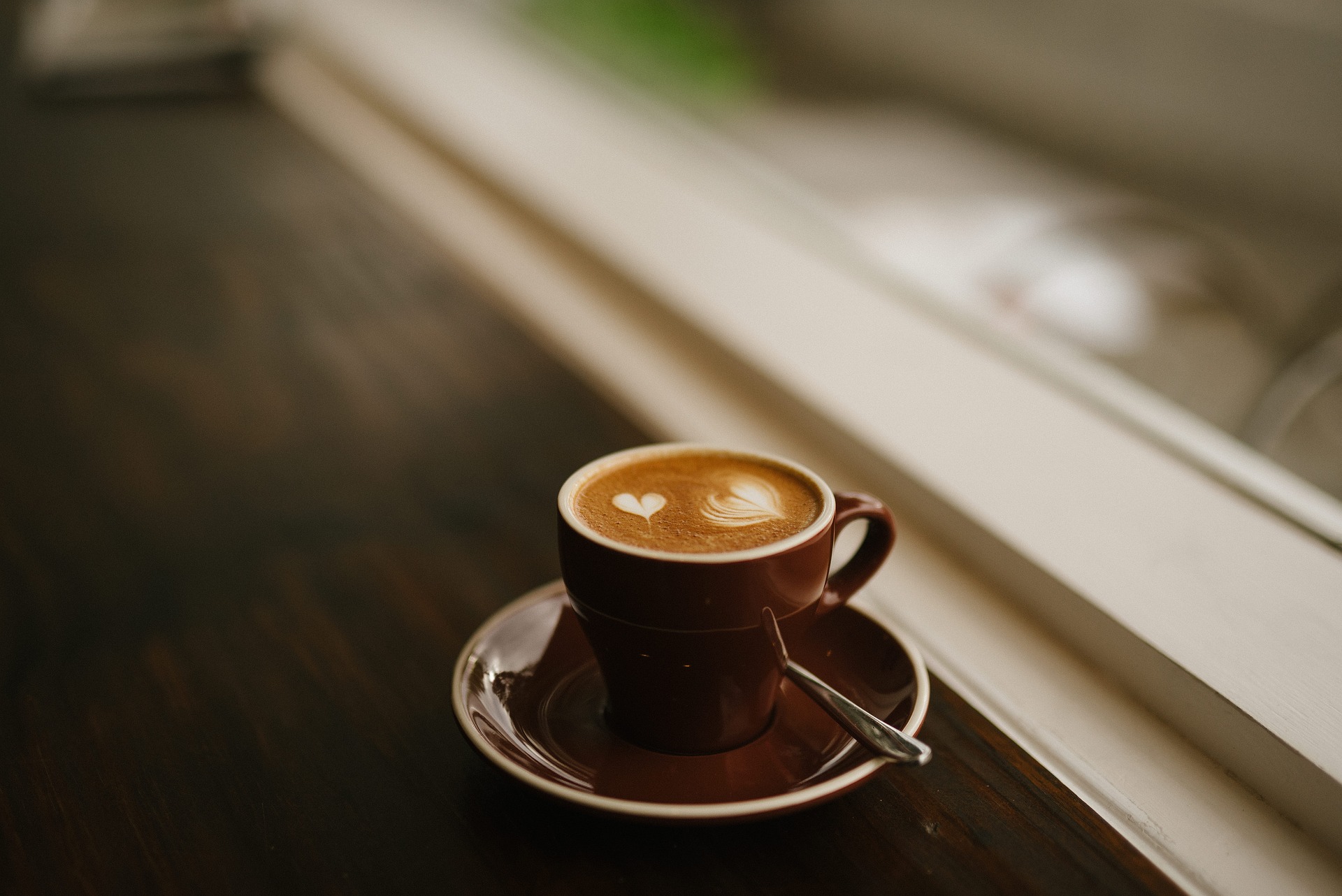Transitioning Techniques from Basic Hearts to Layered Designs
This article outlines practical steps for evolving simple heart pours into more complex layered latte art. It covers how espresso extraction and crema interact with milk texture, key steaming and pouring techniques, and structured practice approaches suitable for baristas and workshop attendees seeking greater control and precision.
Latte art begins with reliable espresso and a stable base of crema, but moving from a basic heart to layered designs requires deliberate adjustments in milk texture, pouring rhythm, and visual planning. This piece focuses on the technical shifts and practice methods that help baristas refine microfoam, manage contrast with crema, and combine pours to form rosetta-like and multi-layered patterns with consistent precision.
How does espresso and crema affect latte art?
A shot of espresso is more than caffeine; crema provides the canvas on which milk and foam interact. Proper extraction yields a stable crema that supports high-contrast patterns when combined with microfoam. If espresso is under-extracted, crema is thin and patterns can sink; if over-extracted, bitterness can distract from tasting notes while also affecting surface tension. Understanding espresso fundamentals helps the barista predict how a poured pattern will hold and how layered elements will separate visually.
Crema also influences how foam settles: thicker crema may allow delicate ridges while a thin crema can cause microfoam to blend prematurely. Observing the espresso’s surface before pouring gives cues for adjusting pour height and flow to optimize pattern definition.
How to steam milk for microfoam and texture?
Microfoam quality is central to transitioning designs. Aim for a silky, velvety foam free of large bubbles; the texture should be fluid enough to pour thin ribbons but stable enough to sustain layers. Steaming technique involves positioning the steam wand just below the surface to introduce air, then submerging slightly to create swirl and heat evenly. Temperature control is important: overheating breaks down texture, while underheating leaves foam too soft.
Consistency in texture allows predictable interplay between foam and crema during successive pours. Practice steaming to achieve a consistent tone and surface sheen; this makes it easier to split pours between white and darker areas for layered effects.
What pouring techniques shape heart and rosetta?
The heart and rosetta share core pouring mechanics: control of flow, wrist motion, and starting height. For a heart, begin with a steady high pour to sink milk through crema, then lower the pitcher and push through the center to close the shape. For a rosetta, use a slightly faster lateral wiggle while moving the nozzle backward and finish with a decisive pull-through. Adjusting pour speed and angle changes how milk displaces crema and forms the intended pattern.
Mastering these fundamentals first makes layered designs more approachable, since layered pours combine elements of both sinking and surface streaming. Focus on smooth transitions in flow rather than abrupt changes, which can cause unwanted blending.
How to build layered patterns with precision?
Layered designs extend single pours into sequenced actions. Begin with a stable base: a consistent espresso shot and well-textured microfoam. Plan the order of contrasts—light-on-dark or dark-on-light—so each pour supports the next. Use controlled pouring heights to alternate between sinking (to break crema) and surface streaming (to draw lines). Precision comes from steady hand movement and measured pitcher tilts that repeat reliably across attempts.
Tools and minor adjustments help: slightly larger pitcher lips for finer streams, and marked pitcher volumes to replicate pours. Visualizing the final pattern and breaking it into smaller gestures reduces cognitive load while performing layered pours.
How practice, workshop methods, and technique refinement help?
Deliberate practice is the bridge from pattern replication to design invention. Structured workshops that focus on stepwise progression—starting with espresso/crema diagnostics, then steaming drills, and finally sequential pouring exercises—give baristas repeated feedback loops. Short, focused drills such as timed steaming sets or five-minute pouring rounds increase muscle memory for rhythm and precision.
Recording attempts and analyzing where foam, texture, or pour speed deviated helps refine technique faster than unguided repetition. Peer feedback in a workshop setting often highlights subtle adjustments in wrist angle or pitcher height that yield more consistent rosetta leaves or stacked layers.
Conclusion
Transitioning from basic heart pours to layered latte art is a matter of combining reliable espresso and crema with consistent microfoam, controlled pouring technique, and purposeful practice. Emphasizing texture, flow control, and incremental learning through workshops or guided drills supports the development of precision needed for more complex patterns. Over time, small, repeatable adjustments in steaming and pouring create the foundation for inventive layered designs.







